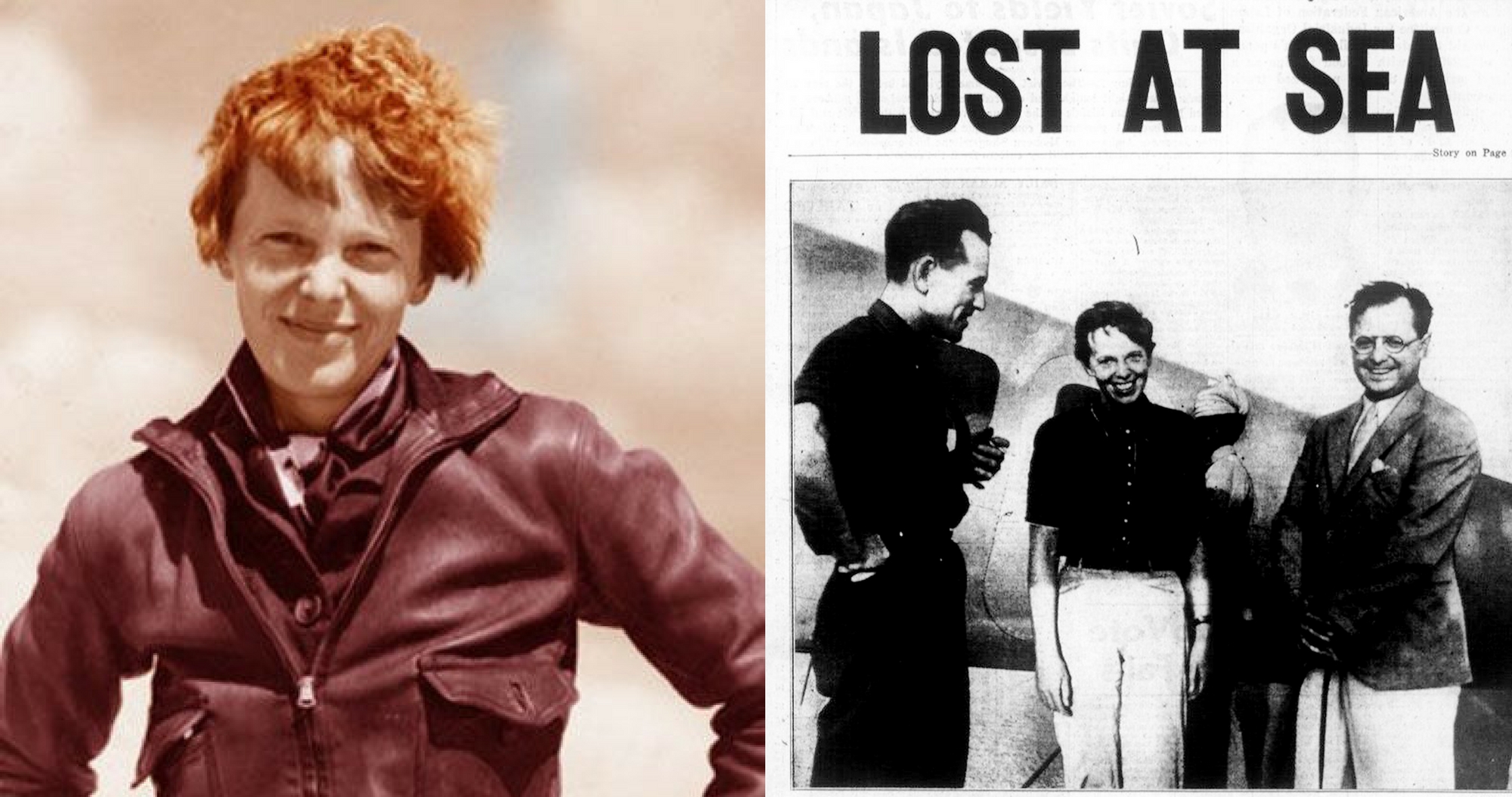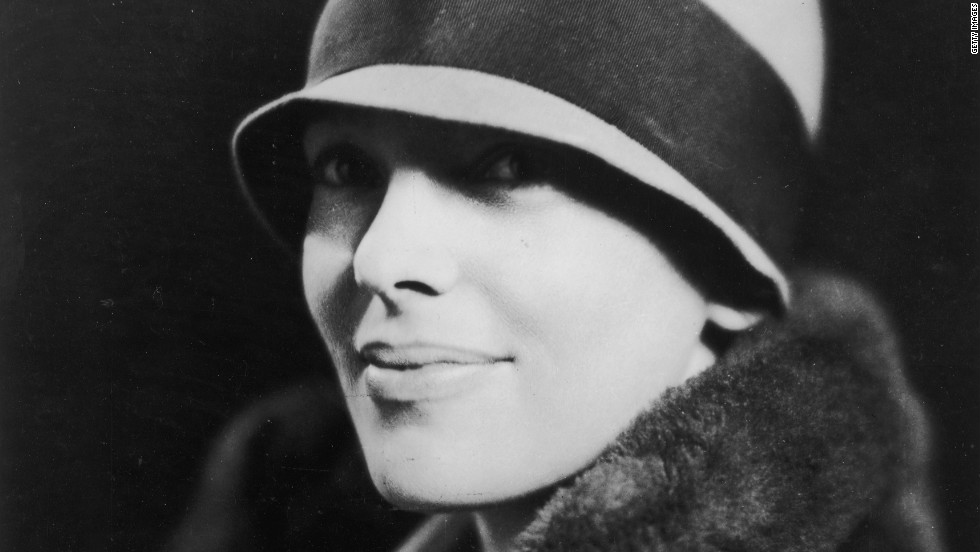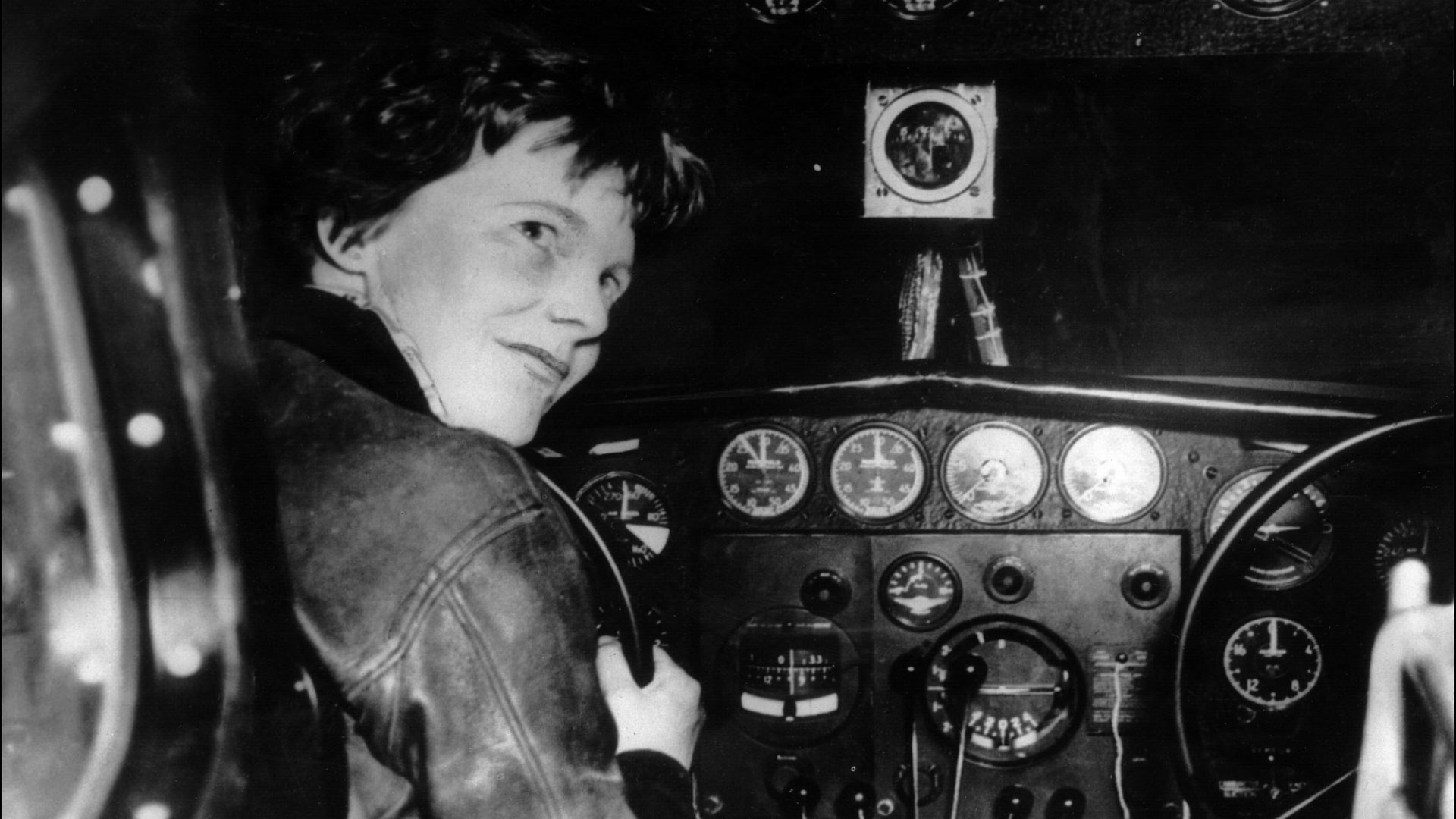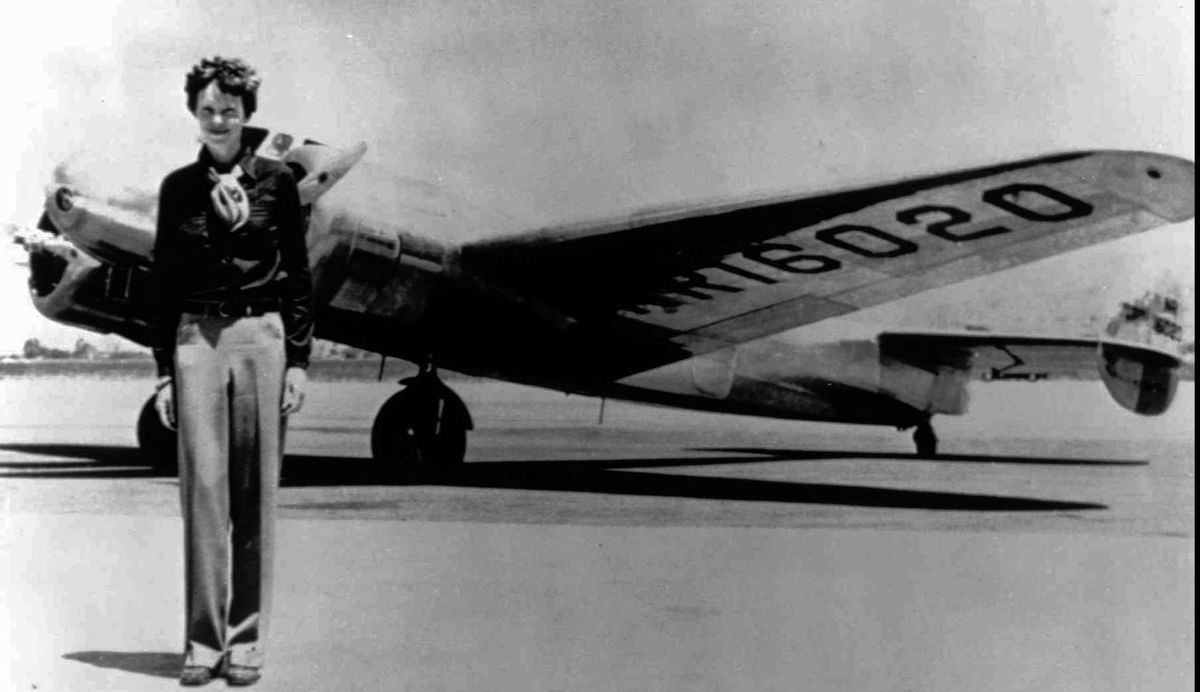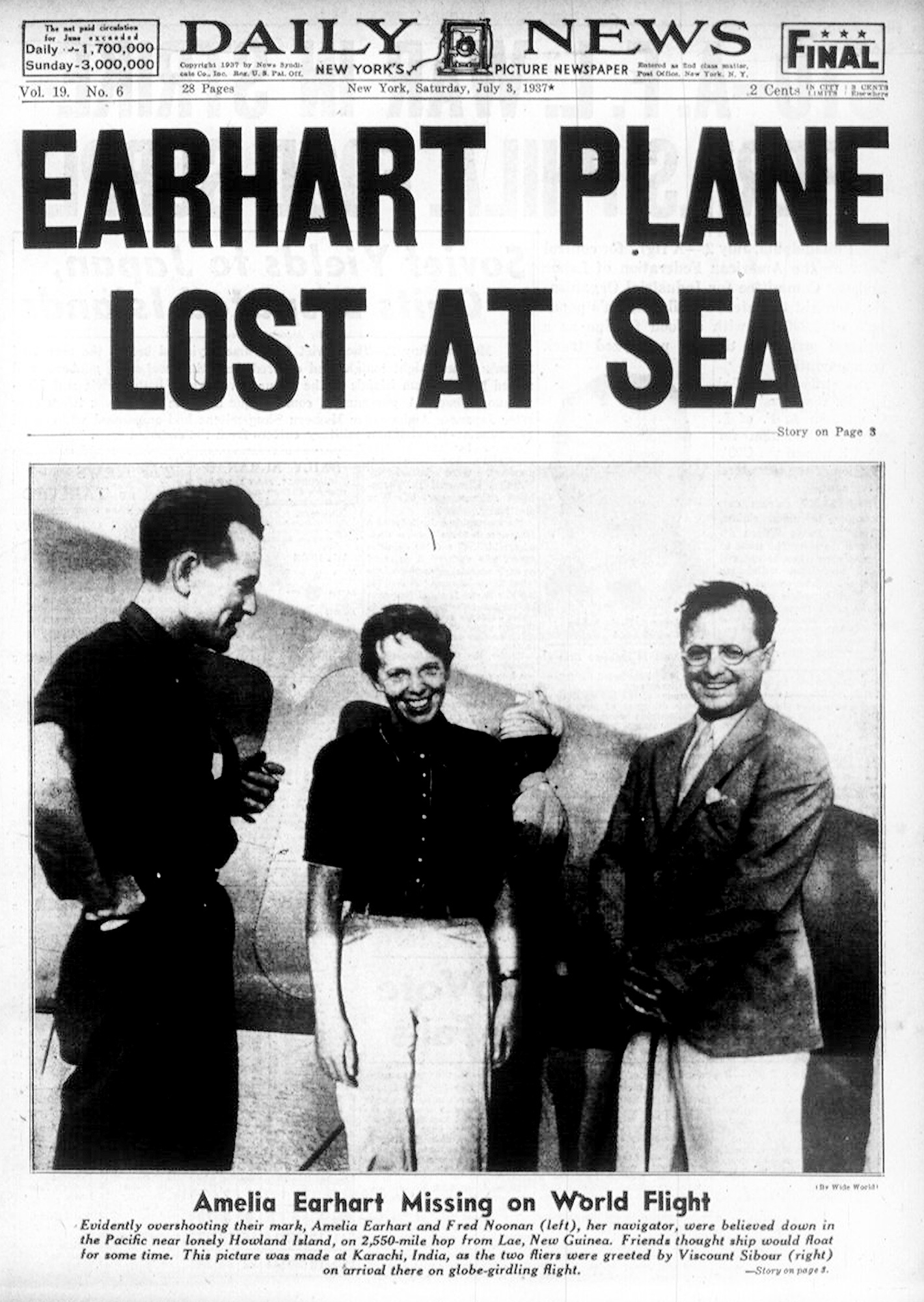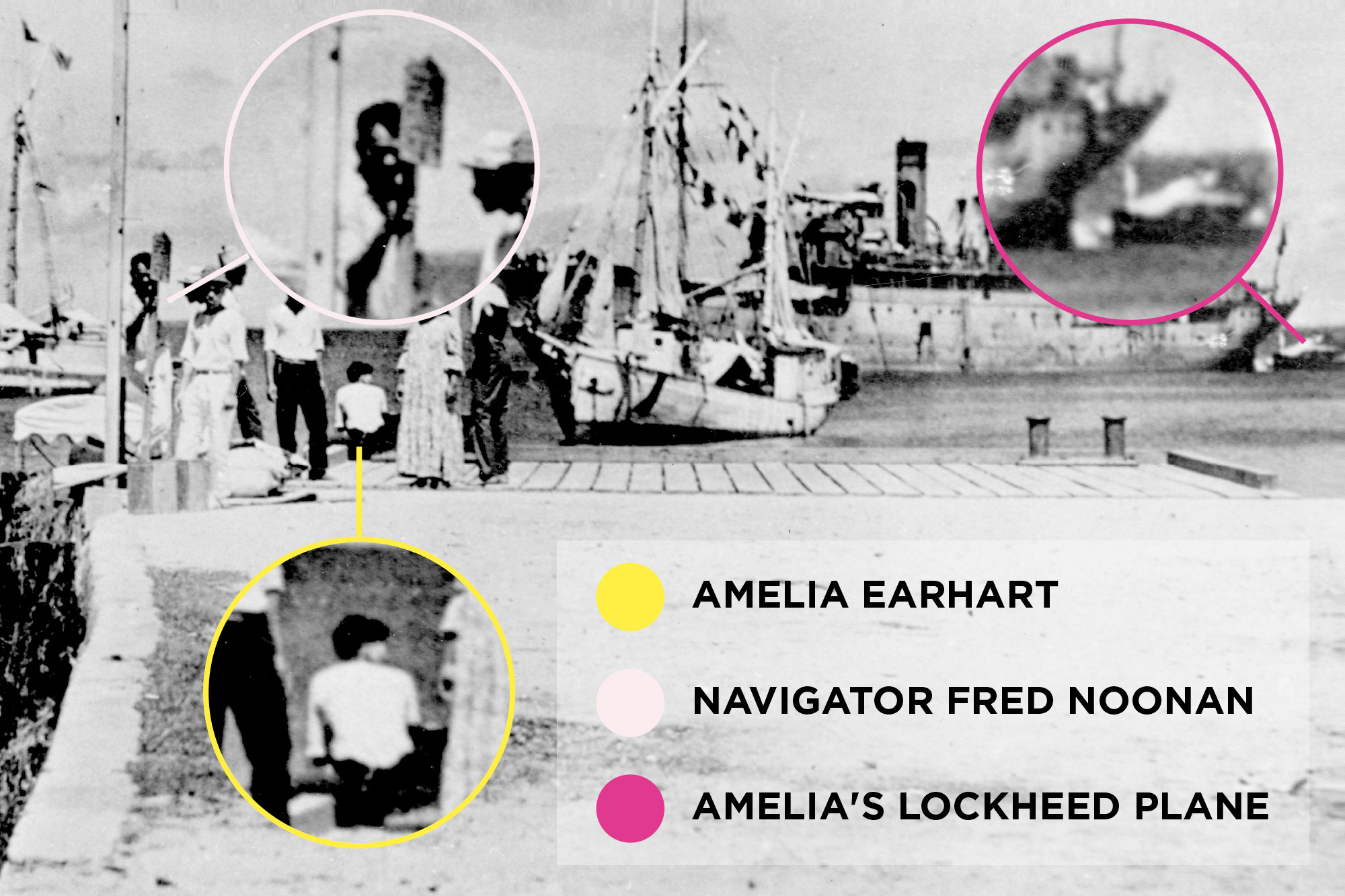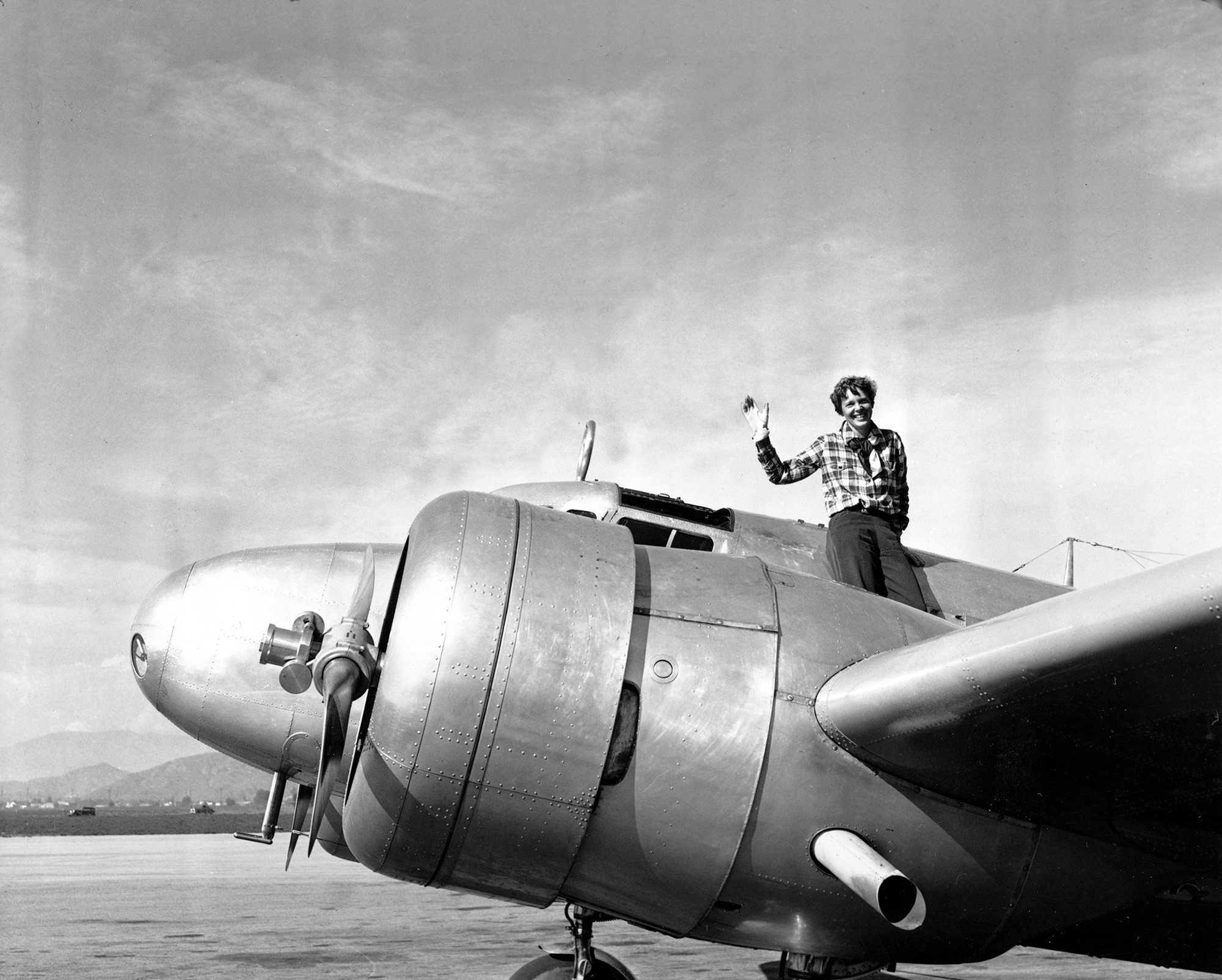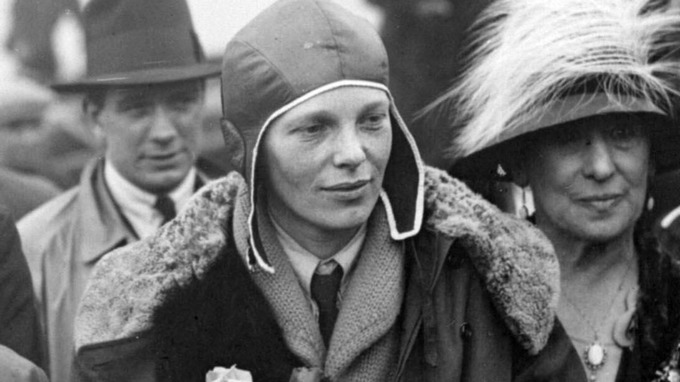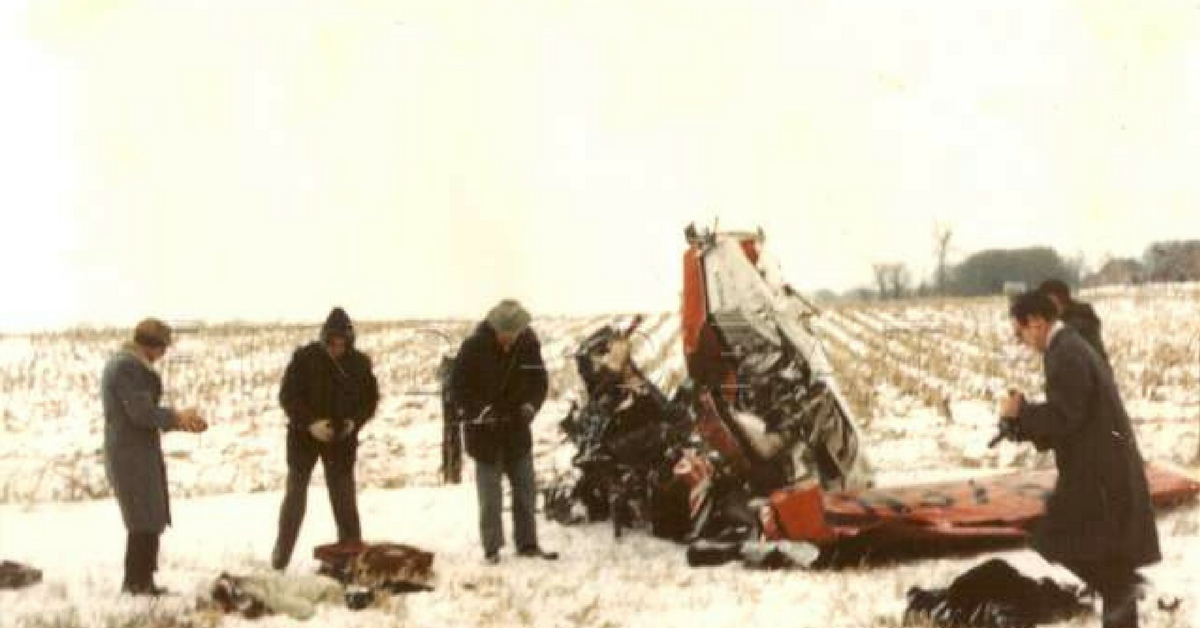80 years after American aviation pioneer Amelia Earhart mysteriously disappeared over the Pacific Ocean, America and the world are still fascinated by her accomplishments and the events that led to her disappearance.
The Kansas native was inspired to pursue a career in aviation after a visit to an air fair hosted in Toronto, but it wasn't until 1920 when air racer Frank Hawks took Earhart on a life changing ride that she knew she "had to fly."
In the years that followed, Earhart took flying lessons and purchased her very first biplane, "The Canary." Not too long after, Earhart flew the plane to a record-setting altitude of 14,000 feet and was granted a pilot's license by the Fédération Aéronautique Internationale (FAI).
The Queen of Air's record-breaking streak didn't end there. In 1932, she became the first woman to fly solo nonstop across the Atlantic and three years later, she was the first aviator to fly solo from Hawaii to California. She also set 7 women's speed and distance records in those years and made it her life goal to complete a 29,000 miles round-the-world flight.
After 2 somewhat successful attempts to achieve her goal, on July 2, 1937, Earhart along with her navigator, Fred Noonan, took off in her Lockheed Electra from Papua New Guinea for her final leg of the world tour.
The pair was headed east towards Howland Island in the central Pacific Ocean when they vanished.
"Gas is running low. Have been unable to reach you by radio. We're flying at 1,000 feet," is believed to be Earhart's last words over a radio broadcast to the Coast Guard assisting her navigation.
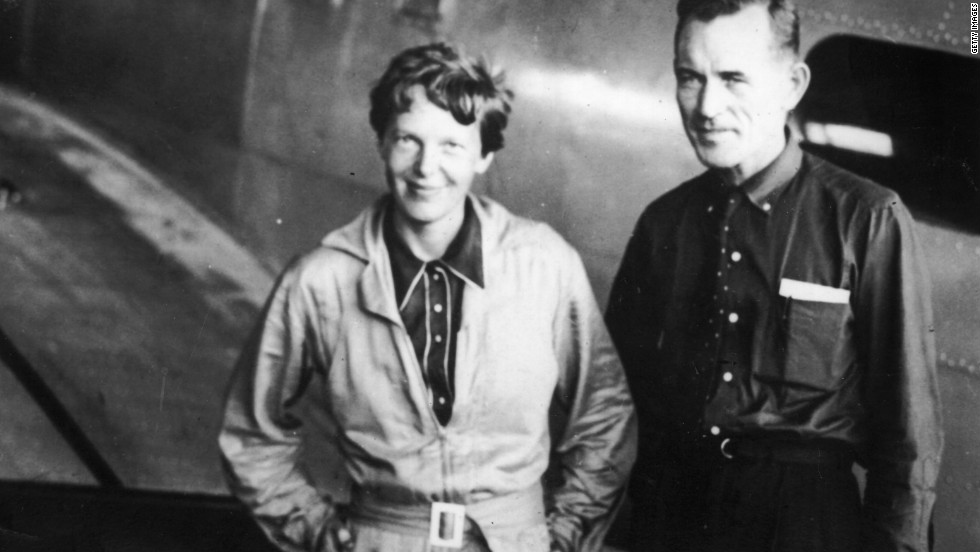
Decades after she uttered those words, a new development has surfaced claiming that those were not her final words because she survived the crash-landing.
Click on the next page to find out what the new evidence is and how it may change history as we know it.
An upcoming documentary chronicling Earhart's life and adventures is claiming to have answers to her mysterious disappearance.
A former executive assistant director of the FBI, Shawn Henry, teamed up with the History Channel for a two-hour special titled Amelia Earhart: The Lost Evidence and they've come forward with evidence that could prove Earhart survived the crash.
An earlier theory suggested that Earhart's crash could've have been the work of the Japanese military who "may have believed [Earhart and Noonan] were American spies," but Henry doesn't buy it.
According to the former FBI agent, Earhart did make it out of the crash alive but couldn't return home because she was held captive by the Japanese on the island of Saipan.
"I think we proved beyond a reasonable doubt that she survived her flight and was held prisoner by the Japanese on the island of Saipan, where she eventually died," said Henry. "This absolutely changes history."
The evidence, a black and white photograph discovered by retired U.S. Treasury Agent Les Kinney in 2012, was hidden among other "formerly top secret" files in the National Archives.
According to Henry and Kinney, Earhart was among the figures in the photograph proving she was on the Japanese island. They claim that the government knew about her status but didn't interfere which is why the photo was "missing" all these years.
"It is not clear why the U.S. [government] might want to cover up what happened to Amelia," Henry said. "If in fact she was spying on the Japanese, the government may not have wanted the American public to know they put "˜America's sweetheart' in that situation and she was captured."
Doug Carner, digital forensic analyst assured Henry and Kinney that the photo is without any doubt an original.
"I can say with more than 99.7 percent confidence that the photo is authentic and untouched," he explained.
Kent Gibson, a facial recognition expert backed up Carner's claims, "there's nothing that points me in another direction." The figure in the photo has the "same prominent, athletic shoulders as Amelia" and the same "short, bobbed hair."
The pair believe that Earhart succumbed to a disease like malaria or dysentery after being held prisoner for about two years.
Since this new evidence came light, other experts and history buffs have been weighing in on the theory and some very interesting points were raised.
Continue onto the next page to find out if there's some truth to the latest theory on Earhart's disappearance.
While an original photograph might seem like a solid piece of evidence, Ric Gillespie, owner of TIGHAR, says don't be so quick to believe it.
The founder of the organization involved in the search for Earhart told TMZ that the figure in the picture is not the pilot.
His reasoning? Japan was a popular destination for a lot of mercenaries at the time and the woman in the photo could've been anybody. Her features don't show up in the picture therefore it's impossible to compare it to Earhart's.
Gillespie also argued that it was impossible for Earhart to make it to the Marshall Islands where the photograph was taken because she would've run out of fuel.
The new theory which accompanies the photograph also does not align with Gillespie and TIGHAR's conclusion that Earhart died as a castaway on the island of Nikumaroro, Kiribati.
The castaway theory came to light after a skeleton found in 1940 on the island was believed to be Earhart's. Researchers weren't able to physically test the bones, but they supposedly matched some of the measurements to those of Earhart's.
If you're interested in hearing more about the latest theory, you can tune into the History Channel to watch Amelia Earhart: The Lost Evidence on Sunday, July 9 at 9 p.m. ET.
Do you think this theory could be true? Let us know in the comments!
[H/T: People.com]
